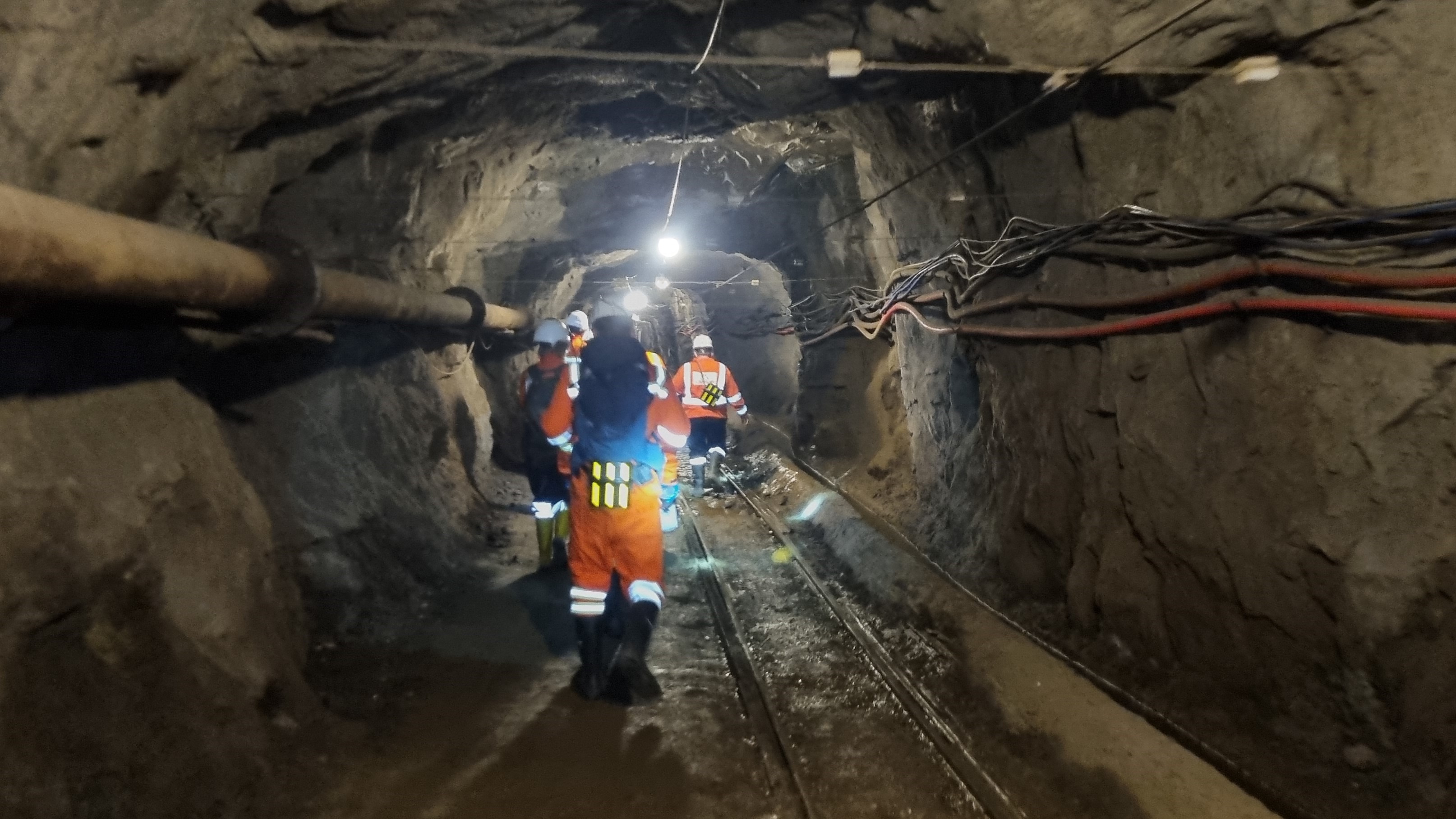Energy news, features and articles

Energy drives everything — from the evolution of life to the ding notification in our smartphones — and with humanity facing a climate crisis from the way we use it, understanding energy has never been more important. At Live Science, our expert writers and editors bring you facts about crude oil and other fossil fuels that are harming the planet, guide you through the renewable energy sources that may replace them, and cover groundbreaking energy research — be it nuclear fusion or an enzyme that can turn air into energy — to ensure you get the best energy news, features and articles.
Discover more about energy
—10 energy-saving life hacks: How to save on electricity bills & more
Latest about Energy
-
-
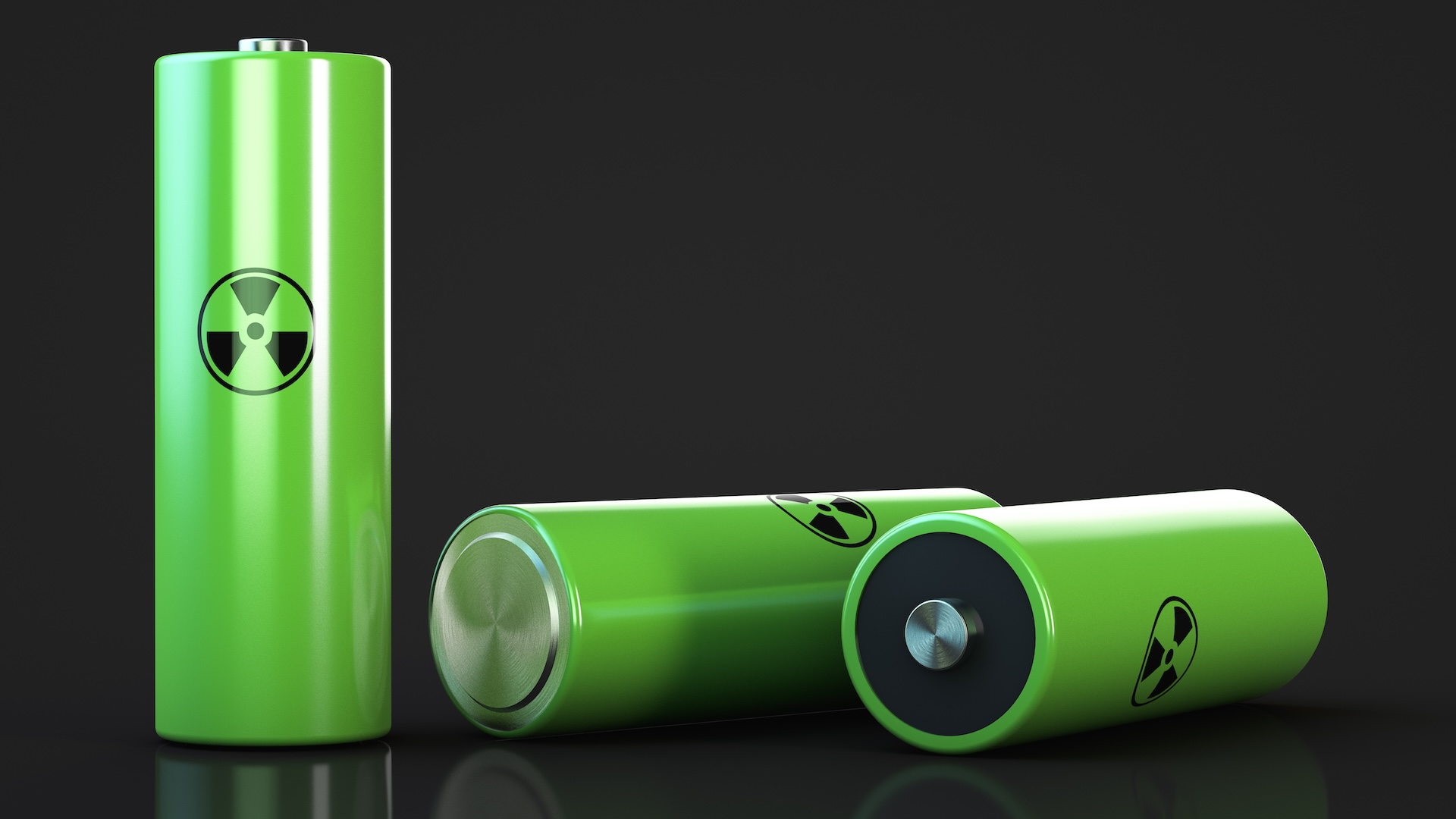
This ‘glow in the dark’ battery runs on nuclear waste
By Tom Howarth Published
-
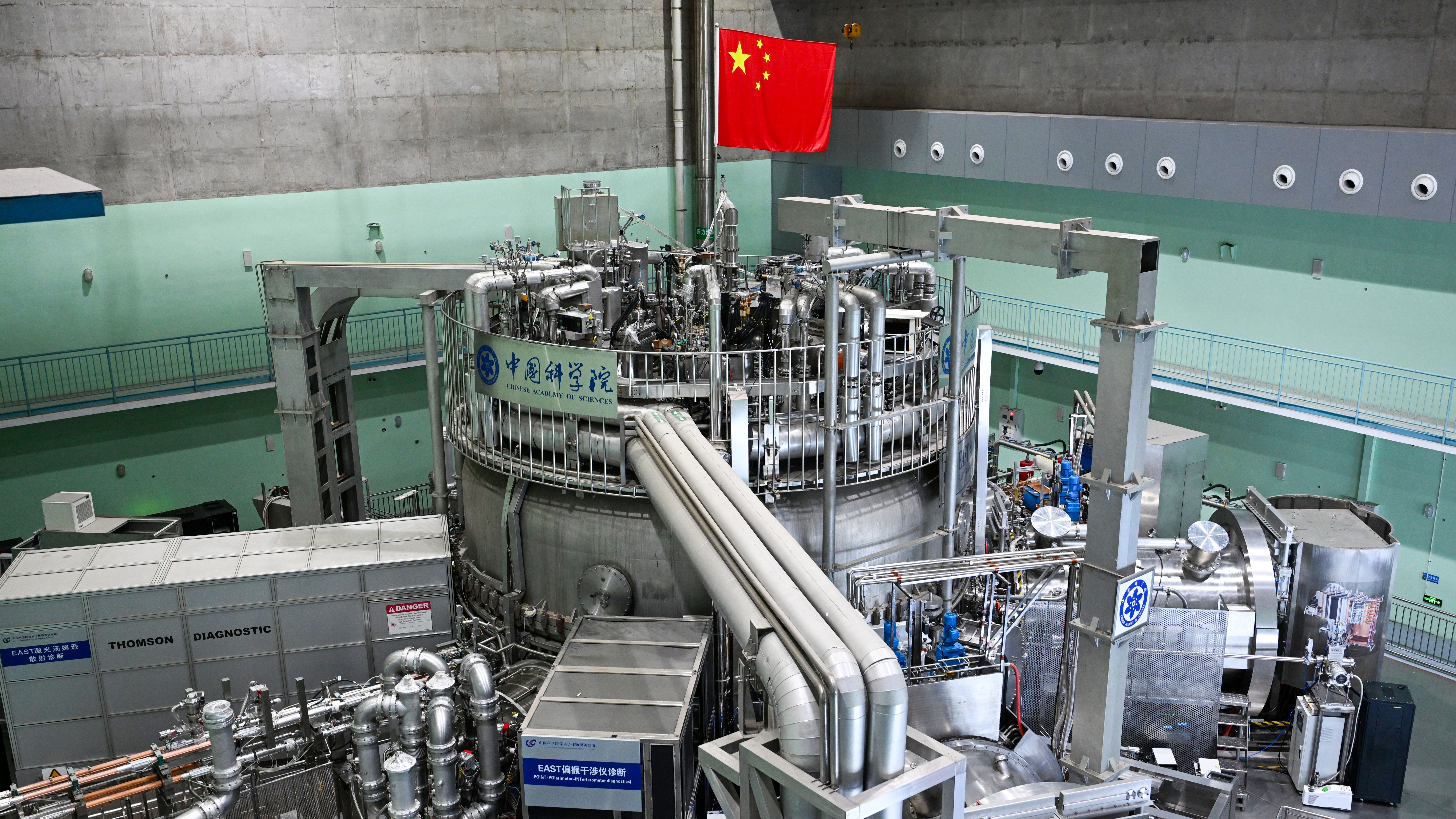
China's 'artificial sun' shatters nuclear fusion record by generating steady loop of plasma for 1,000 seconds
By Patrick Pester Published
-
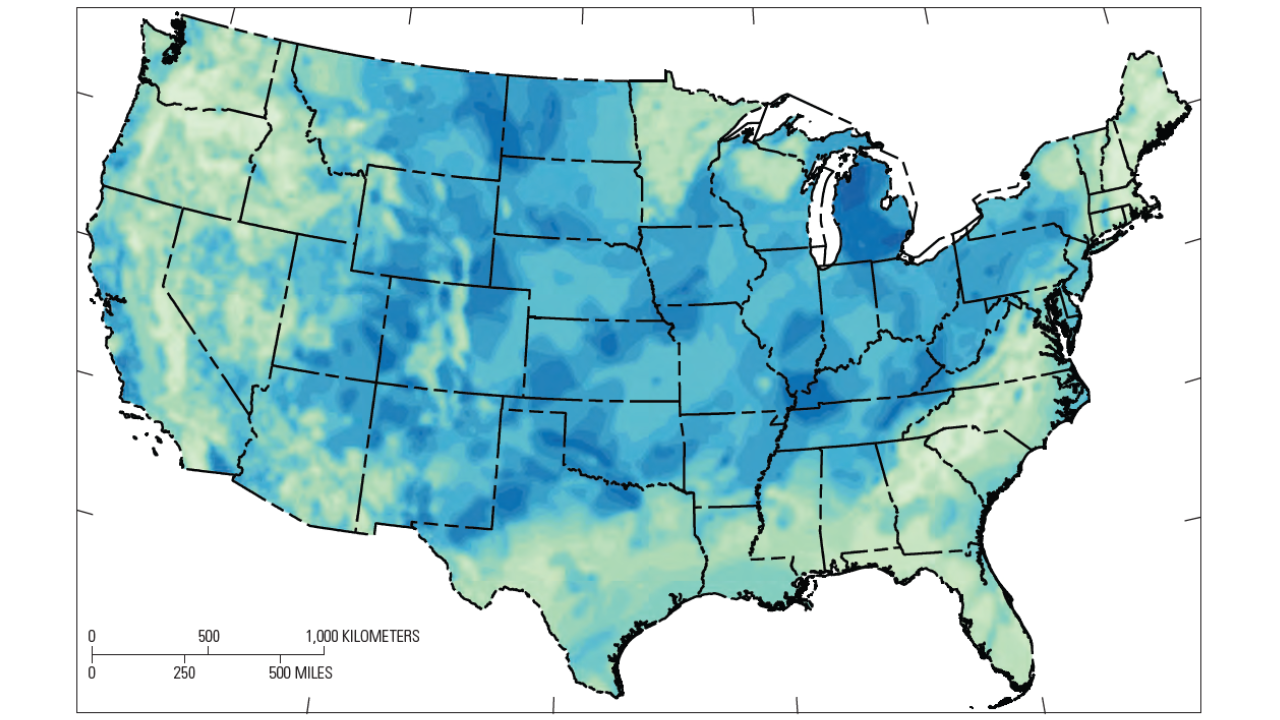
Giant reserves of 'gold' hydrogen may be lurking beneath at least 30 US states, 1st-of-its-kind map reveals
By Sascha Pare Published
-
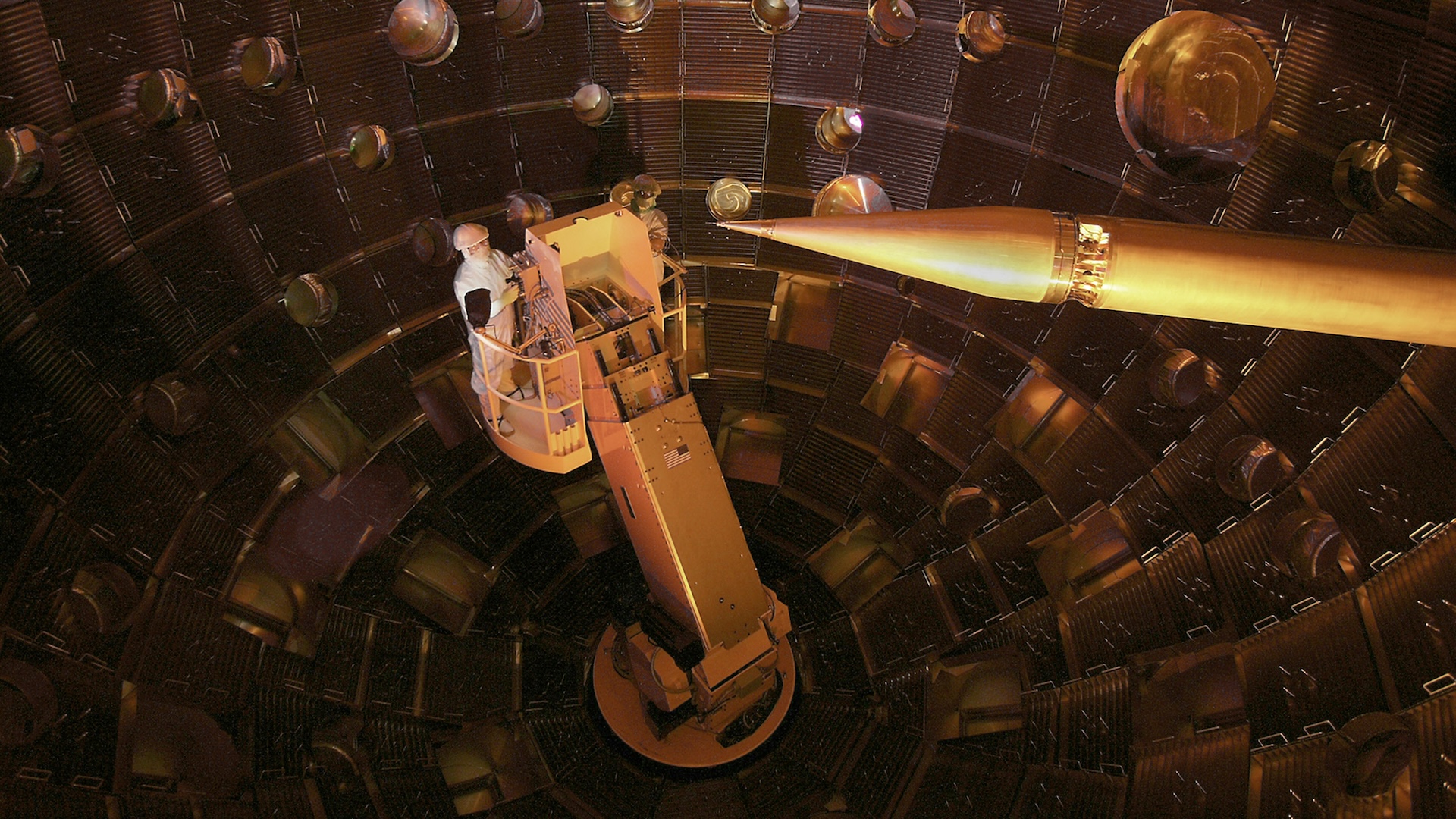
Nuclear fusion could be the clean energy of the future — but these 'tough' challenges stand in the way
By George R. Tynan Published
-
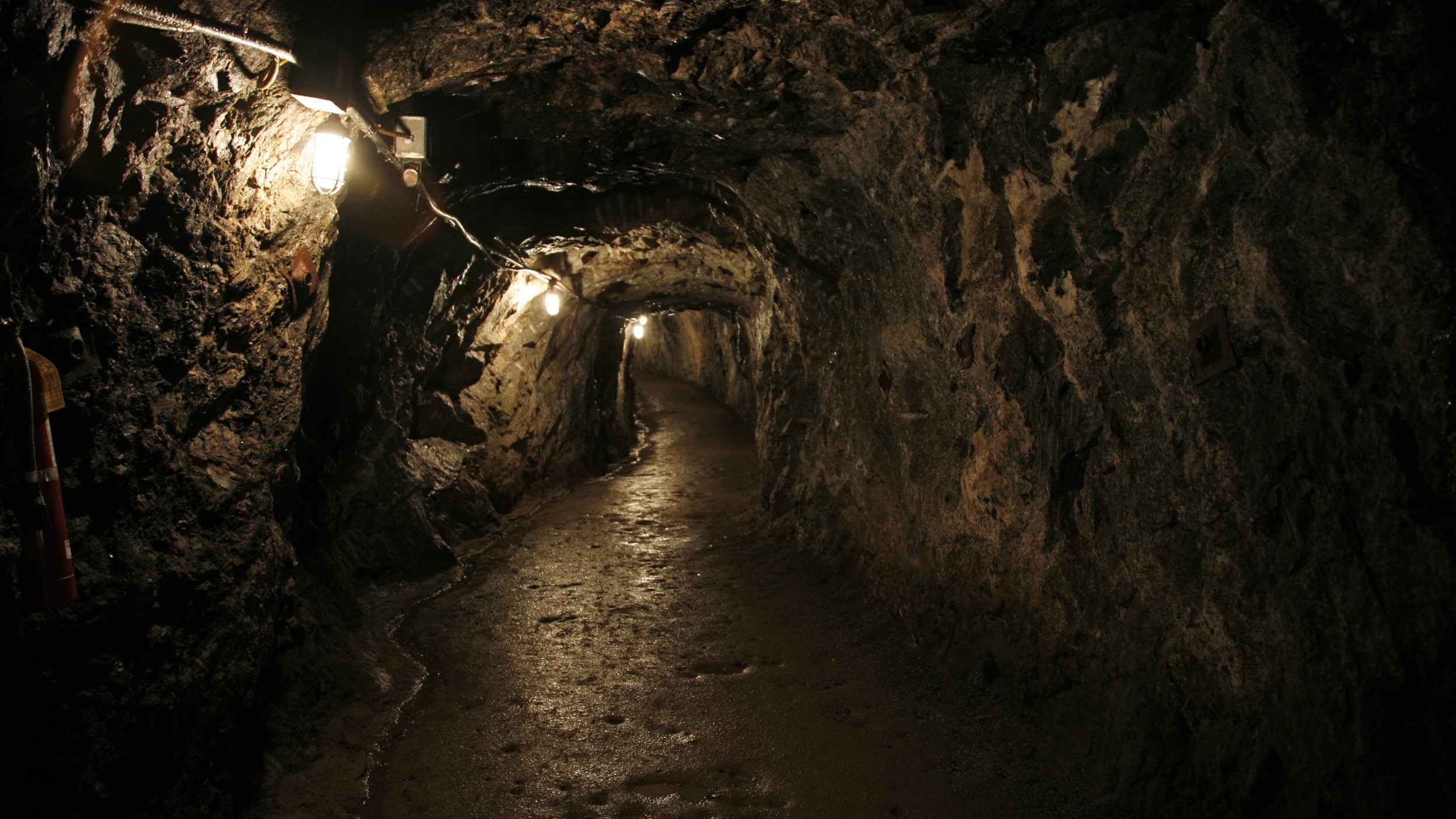
Just a fraction of the hydrogen hidden beneath Earth's surface could power Earth for 200 years, scientists find
By Sascha Pare Published
-

Physicists solve nuclear fusion mystery with mayonnaise
By Tia Ghose Published
-
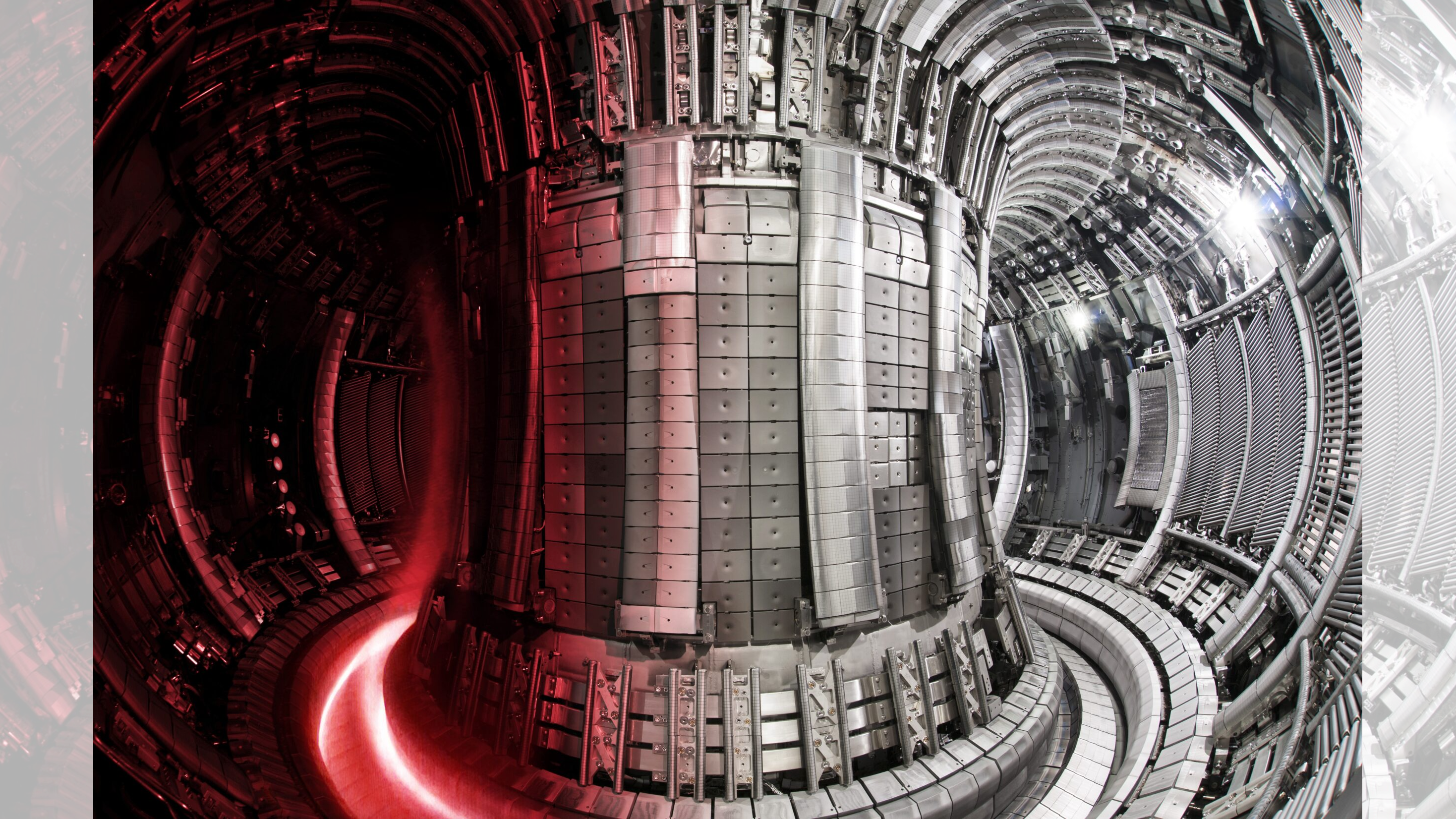
Nuclear fusion reactor in UK sets new world record for energy output
By Joanna Thompson Published
-
Explore Energy
Fossil Fuels
-
-
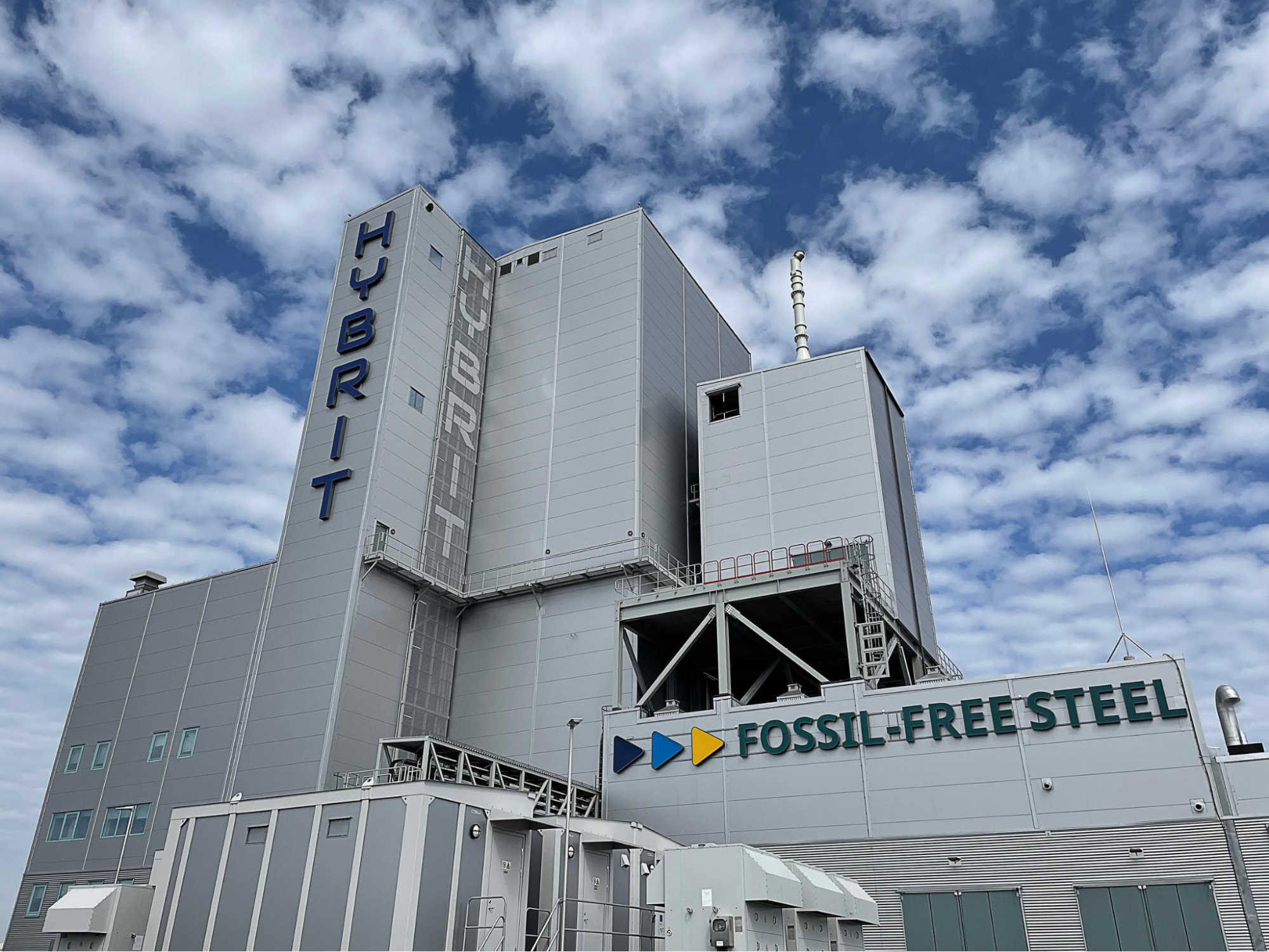 Sponsored
SponsoredSteelmaking doesn’t need to come with CO2 emissions anymore, and SSAB has the technology
By Sponsored Published
-

New Way to Make 'Green Diesel' from Coal
By Bjorn Carey Last updated
-

Keystone XL Pipeline Will Cause Damage Beyond Spills (Op-Ed)
By Danielle Droitsch Last updated
-
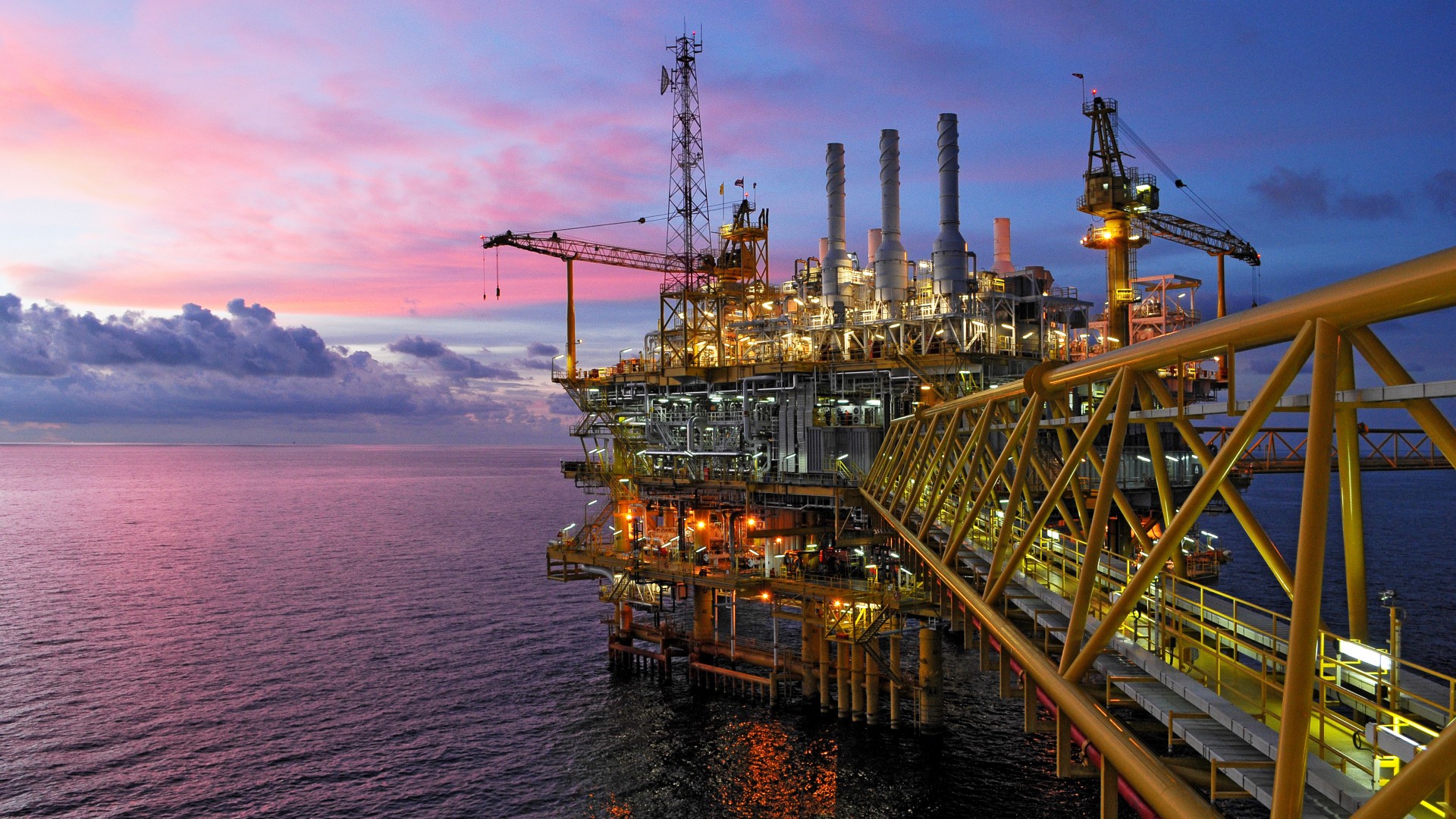
What is crude oil?
By Joe Phelan Published
-

How COVID-19 sent energy prices soaring in the UK
By Bruce Morley Published
-
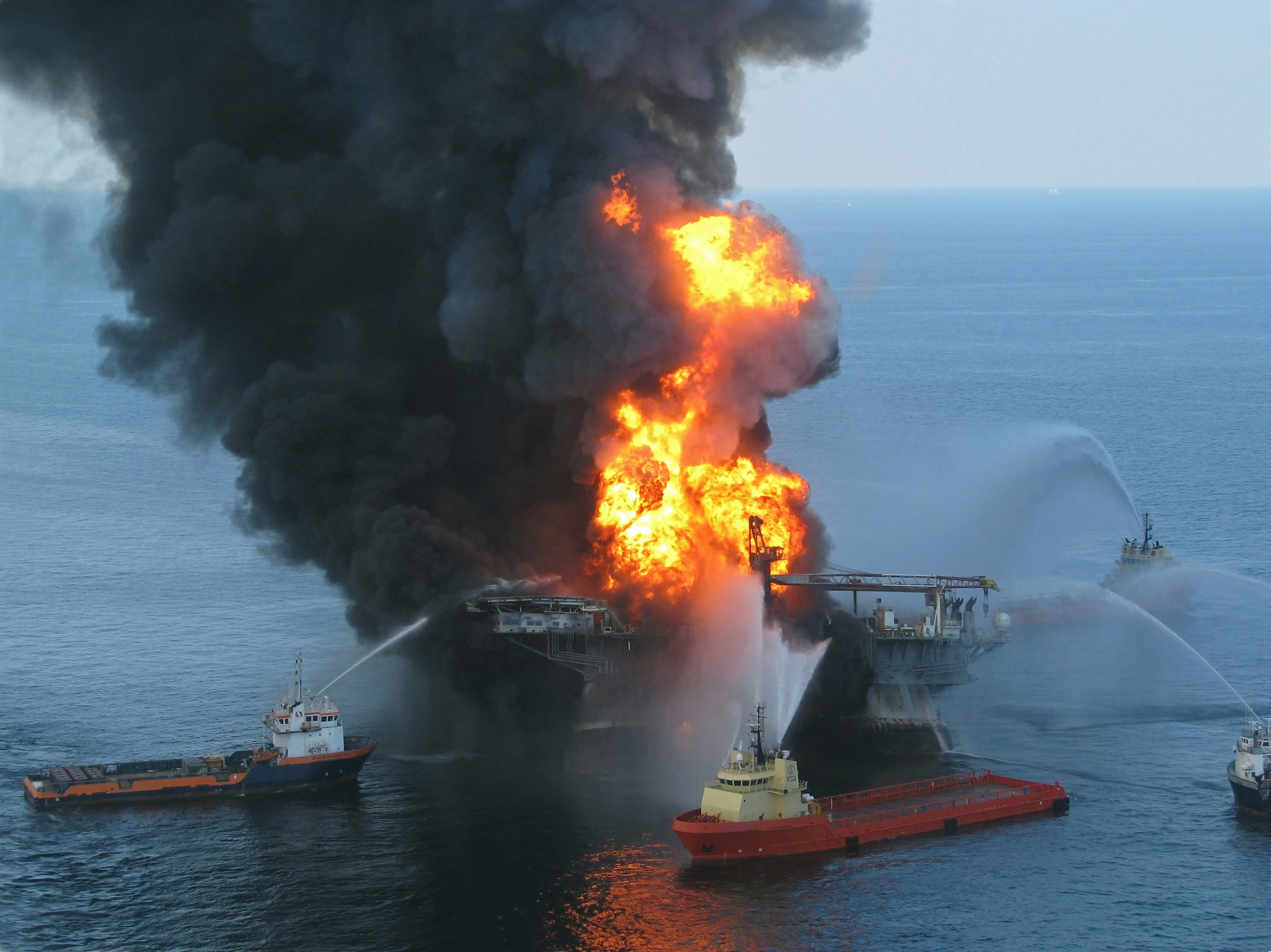
What was the Deepwater Horizon disaster?
By Jen Monnier Published
-

Indonesian oil refinery ignites into towering inferno
By Harry Baker Published
-

Oil spill off Mauritius is visible from space
By Laura Geggel Published
-

Satellites spot major oil spill in the Arctic Circle (photos)
By Chelsea Gohd Published
-
Fossil Fuels
-
-
 Sponsored
SponsoredSteelmaking doesn’t need to come with CO2 emissions anymore, and SSAB has the technology
By Sponsored Published
-

New Way to Make 'Green Diesel' from Coal
By Bjorn Carey Last updated
-

Keystone XL Pipeline Will Cause Damage Beyond Spills (Op-Ed)
By Danielle Droitsch Last updated
-

What is crude oil?
By Joe Phelan Published
-

How COVID-19 sent energy prices soaring in the UK
By Bruce Morley Published
-

What was the Deepwater Horizon disaster?
By Jen Monnier Published
-

Indonesian oil refinery ignites into towering inferno
By Harry Baker Published
-

Oil spill off Mauritius is visible from space
By Laura Geggel Published
-

Satellites spot major oil spill in the Arctic Circle (photos)
By Chelsea Gohd Published
-
Nuclear Energy
-
-

This ‘glow in the dark’ battery runs on nuclear waste
By Tom Howarth Published
-

China's 'artificial sun' shatters nuclear fusion record by generating steady loop of plasma for 1,000 seconds
By Patrick Pester Published
-

Nuclear fusion could be the clean energy of the future — but these 'tough' challenges stand in the way
By George R. Tynan Published
-

Physicists solve nuclear fusion mystery with mayonnaise
By Tia Ghose Published
-

Nuclear fusion reactor in UK sets new world record for energy output
By Joanna Thompson Published
-
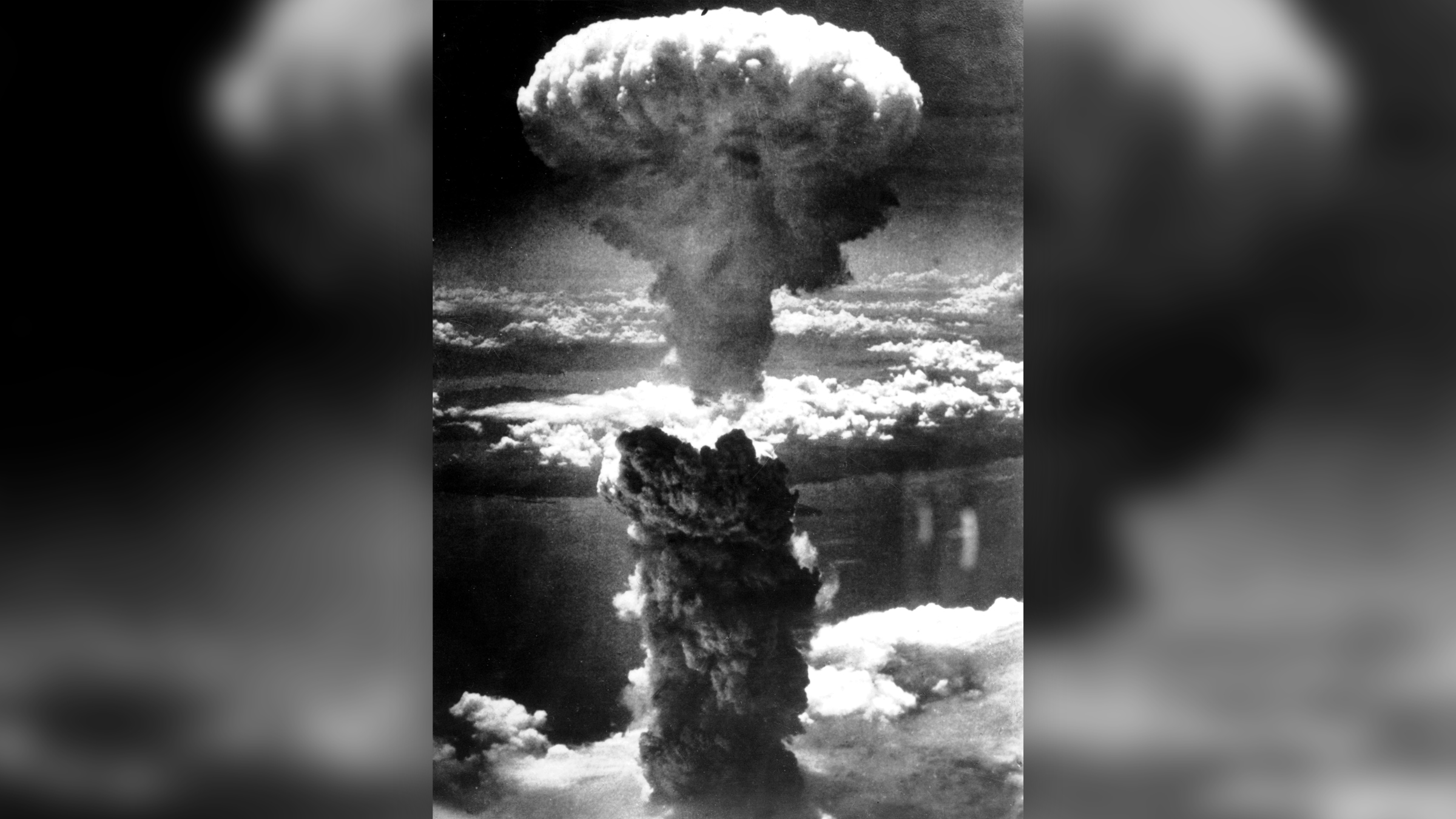
What is fission?
By Nola Taylor Redd Last updated
-
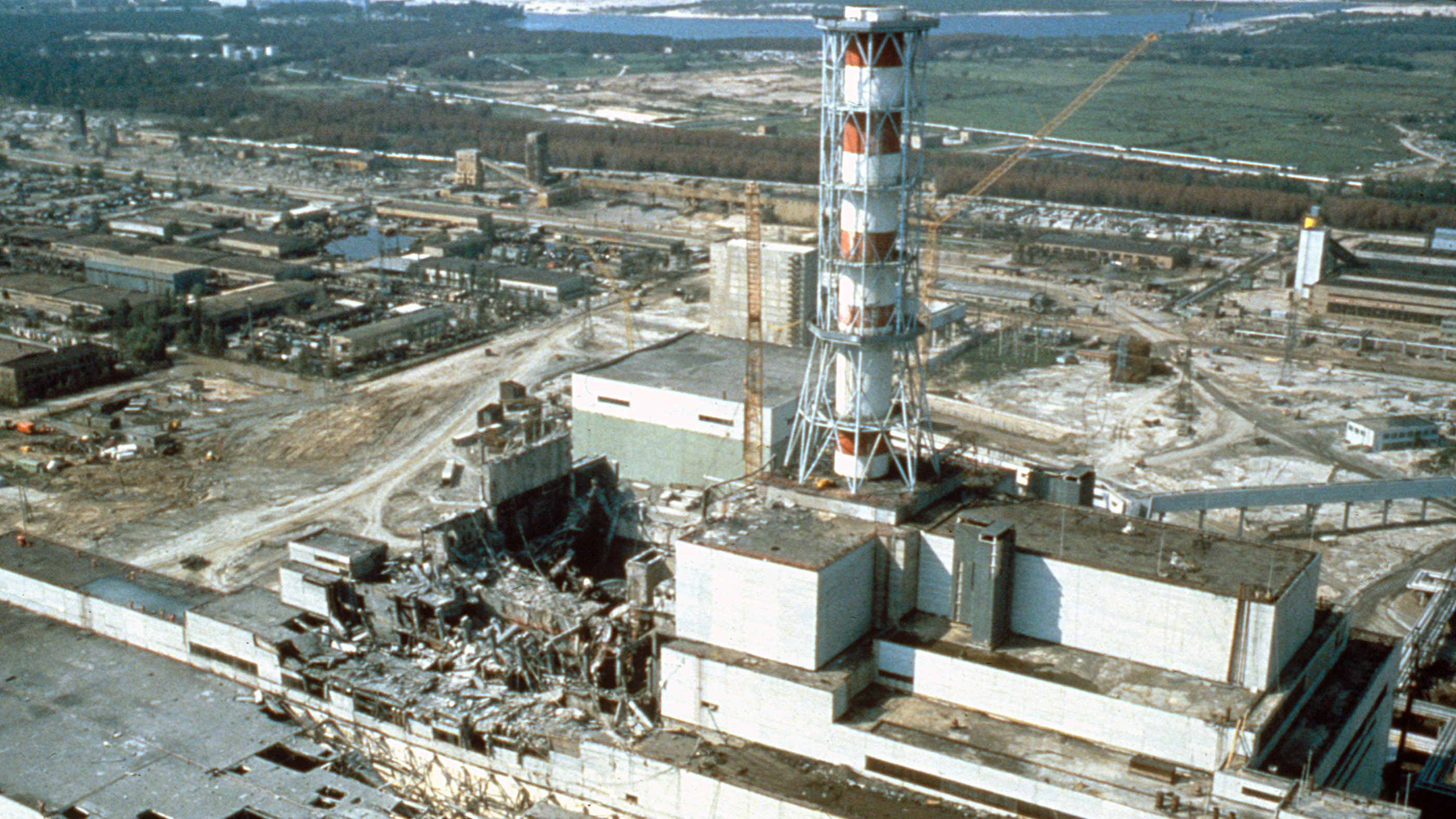
Chernobyl: The world's worst nuclear disaster
By Marc Lallanilla Published
-

How do you decontaminate objects exposed to radioactivity?
By Joanna Thompson Published
-
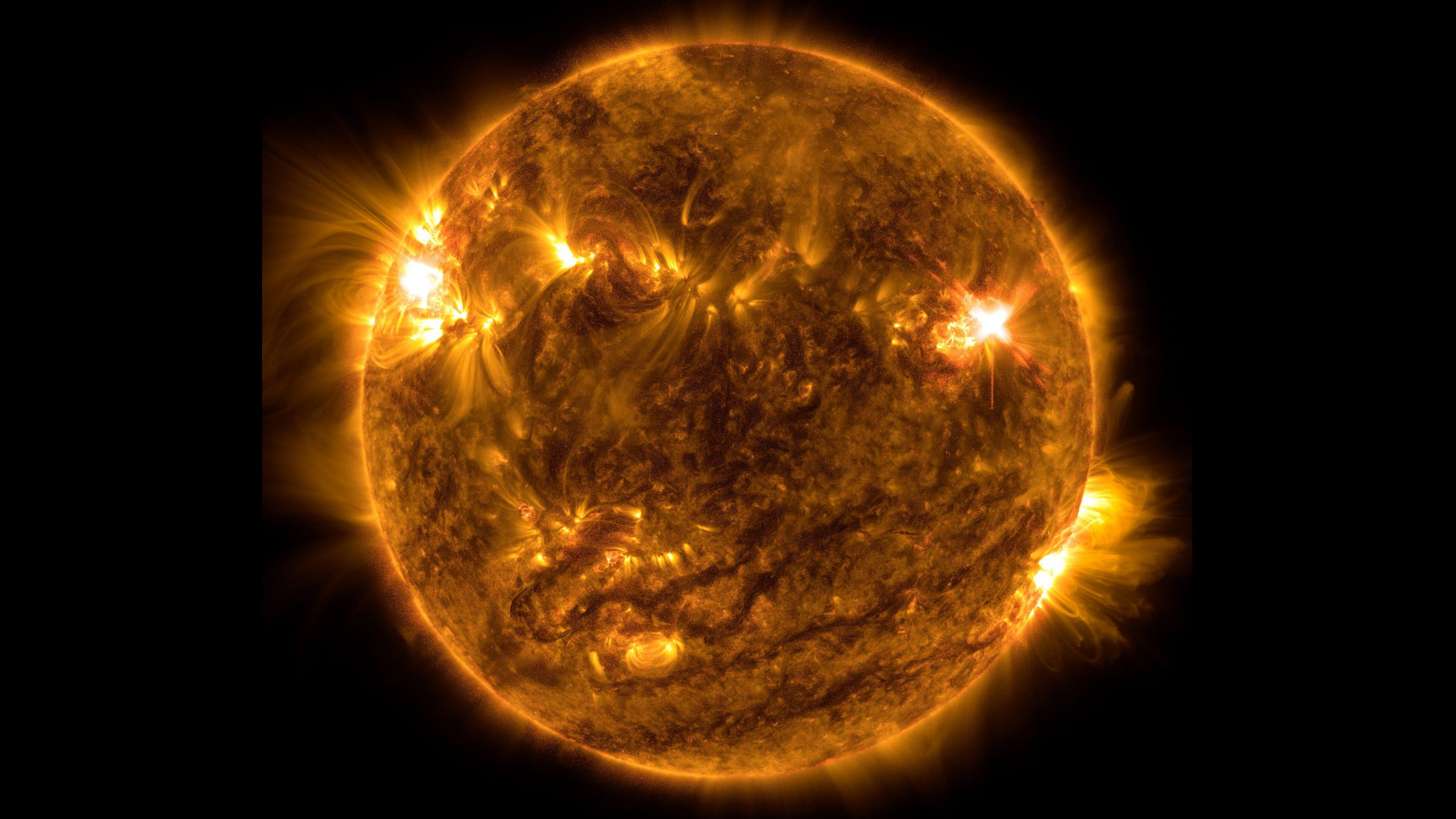
What is nuclear fusion?
By Nola Taylor Redd Published
-
Renewable Energy
-
-

Wind and solar power overtakes coal for the first time ever in the US
By Ben Turner Published
-

How to store renewable energy
By Patrick Pester Published
-
 Reference
ReferenceBiofuel: Definition, types, pros and cons
By Mike Jennings Published
-
 Reference
ReferenceAre solar panels worth it? How to save money and energy
By Scott Dutfield Published
-
 Countdown
Countdown10 energy-saving life hacks: How to save on electricity bills & more
By Ailsa Harvey Published
-
 Reference
ReferenceHow do solar panels work?
By Michael Dhar Published
-

Disastrous Houston blackouts captured from space
By Nicoletta Lanese Published
-
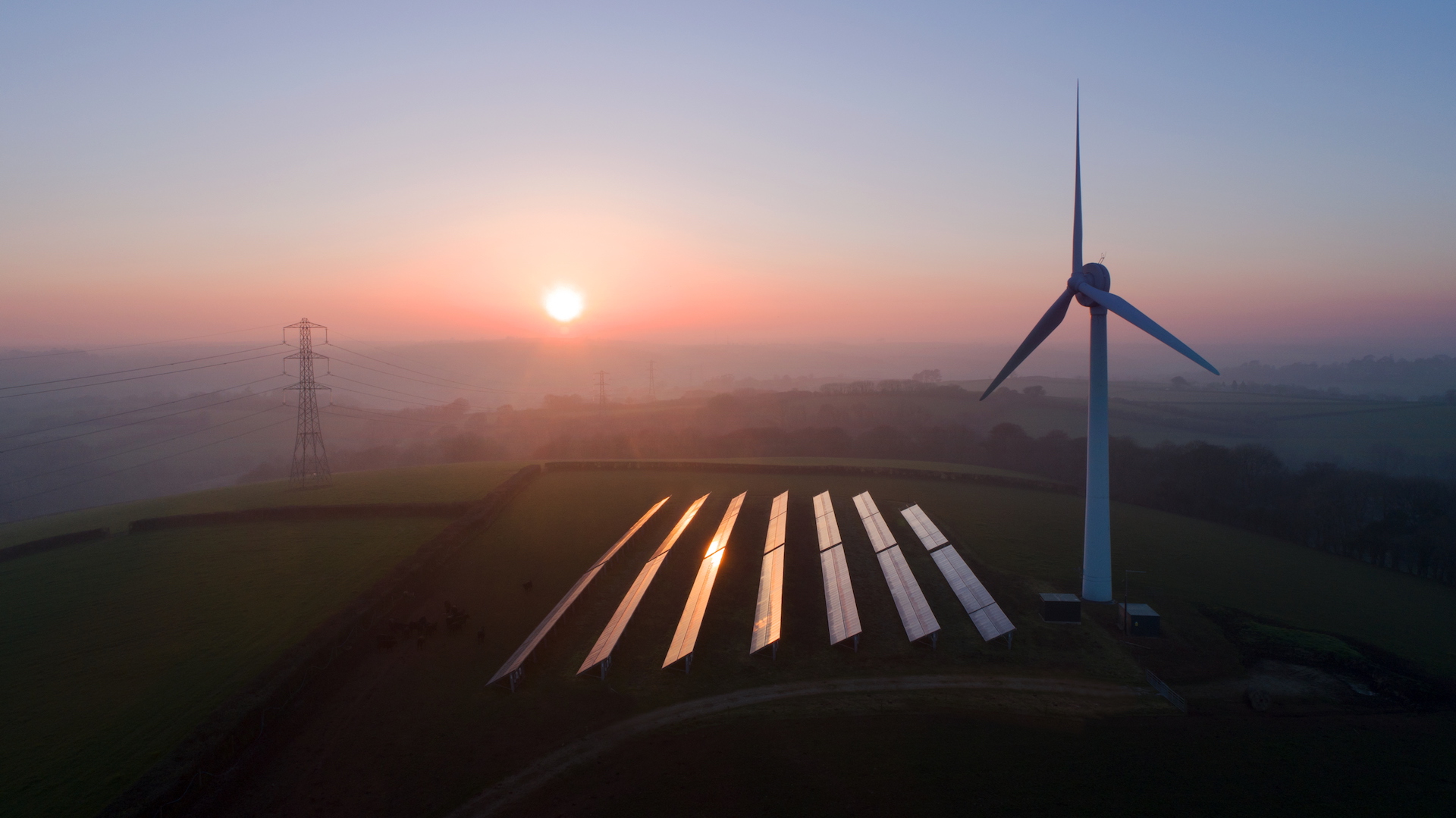
What is renewable energy?
By Sarah Wild Published
-
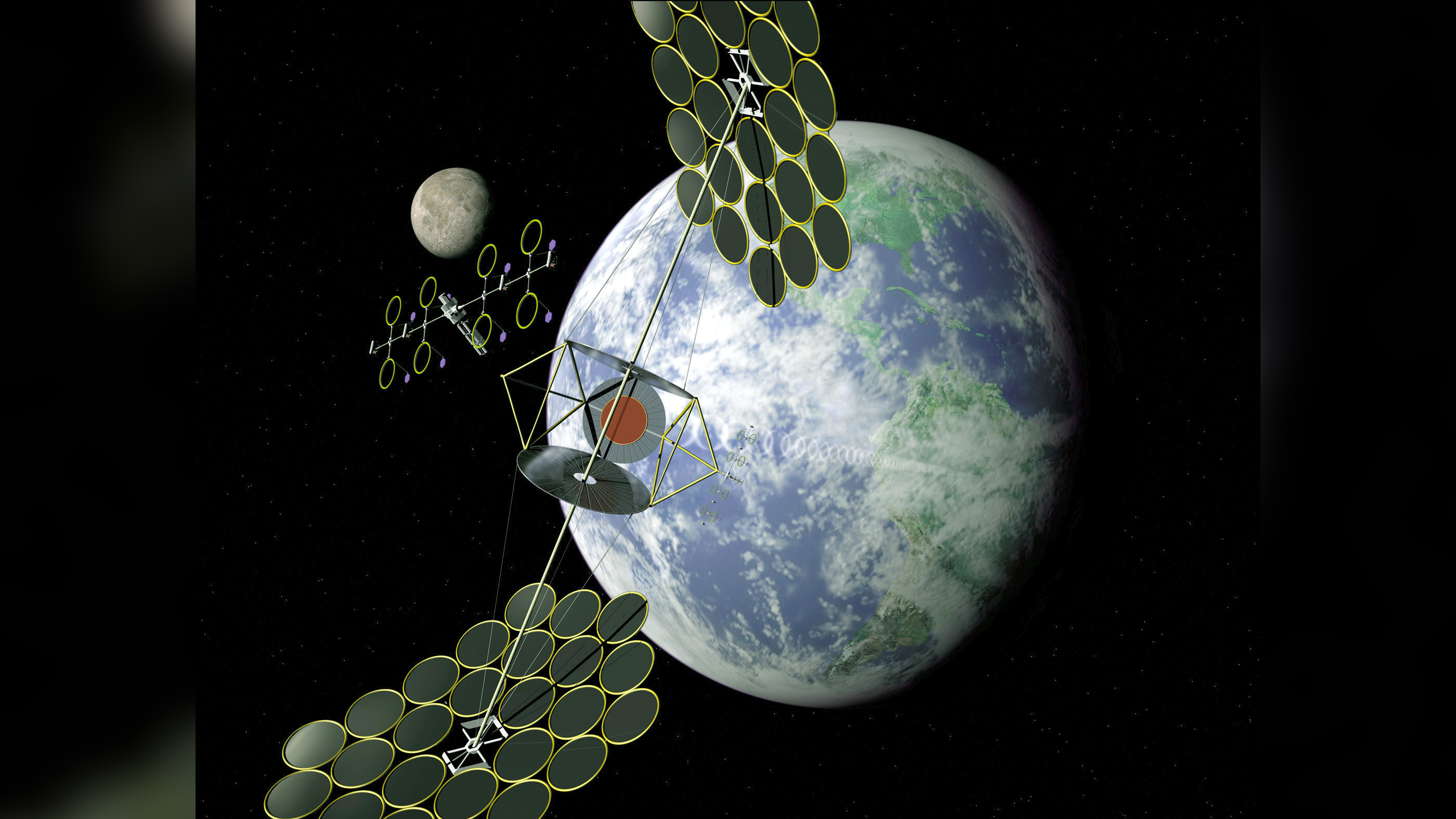
Solar power stations in space could be the answer to our energy needs
By Amanda Jane Hughes Published
-
